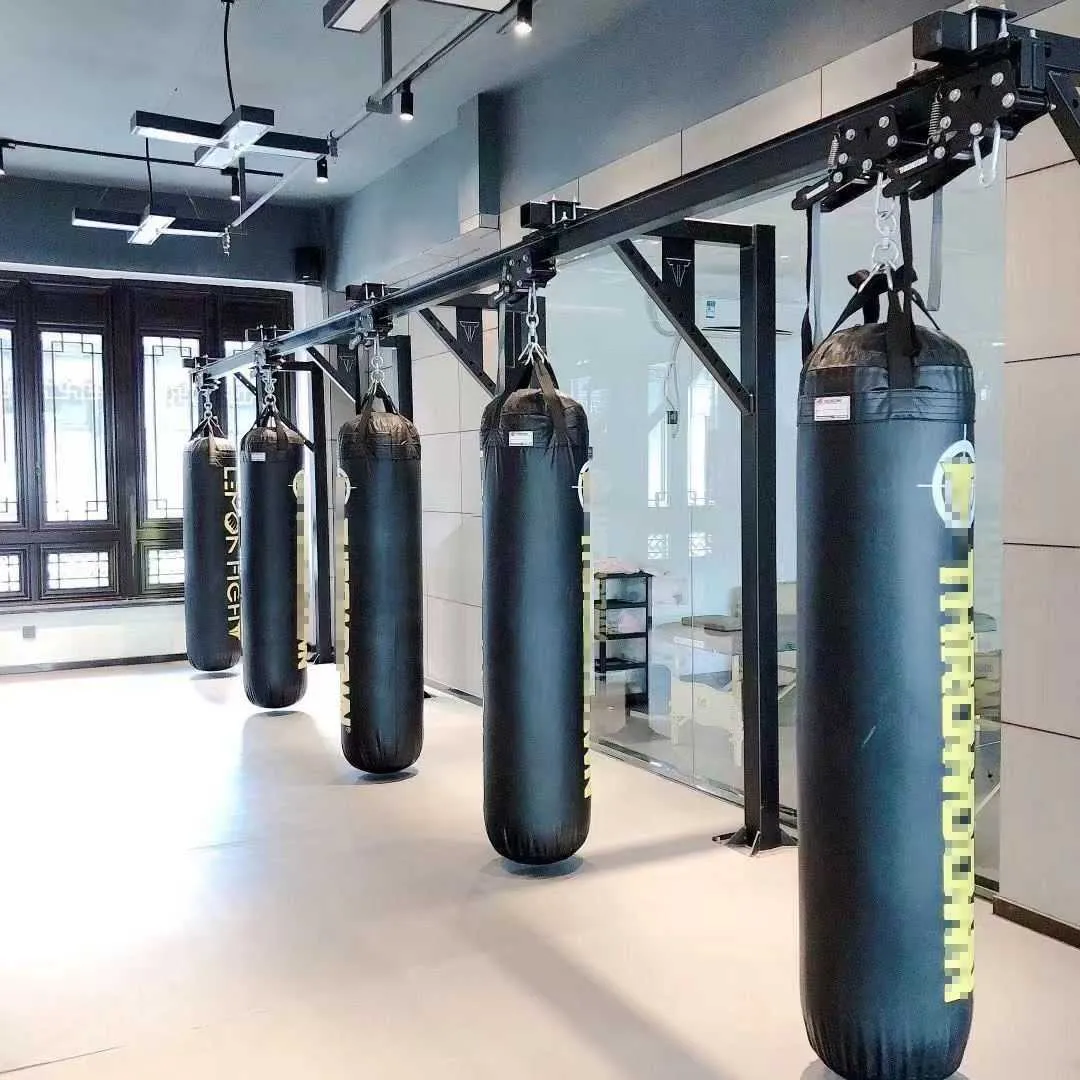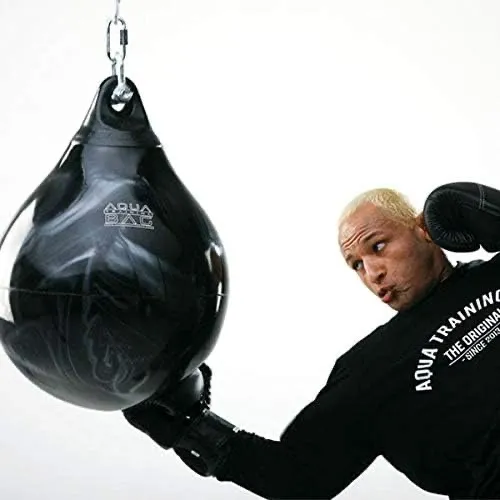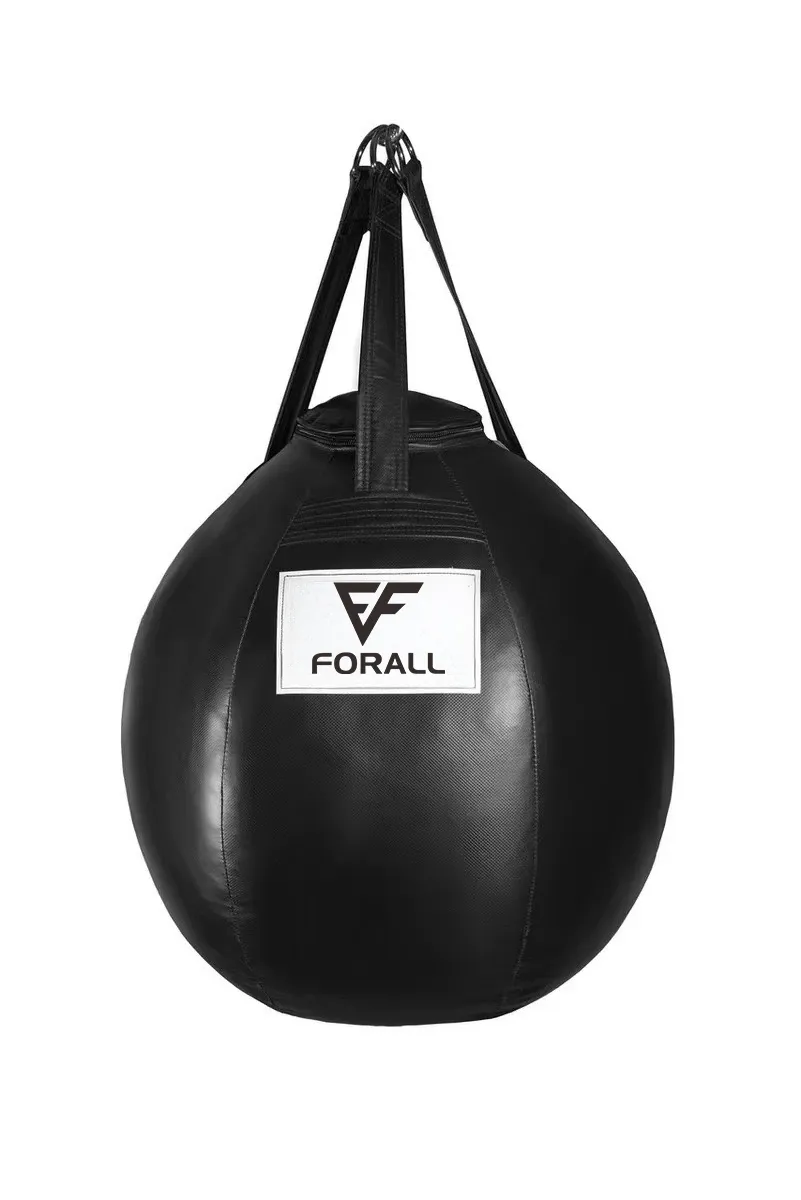punching bag is an important part of boxing and fighting training, which can help improve strength, skills and practical ability. The following are suggestions from many professional boxing coaches and fighting enthusiasts to help you do punching bag hitting more effectively.
1. Choose the right punching bag
punching bag type:
I recommend that you choose a hanging punch bag that can swing 360 degrees, rather than the kind that is fixed to the ground. For example, the punching bags can simulate a moving opponent, so that you can use your steps to move with the punching bags while hitting. In a sense, you will learn how to move your steps and hit a moving opponent at the same time. You are still and moving, punching and ducking and swaying the oncoming punching bag.
Anyone can learn to hit hard, but it takes more time to achieve accuracy and rhythm. You hit the center of the sandbag and punching bag accurately, so that the punching bag will not rotate. Some punching bags make a pleasant popping sound when you hit a good punch. Some people use tape to mark the punching bag for accurate hitting.

Your bones will also adapt to the force when hitting the punching bag, so don’t worry about getting hurt. Finally, you can also dodge when the punching bag comes towards you, which is more like aerobic exercise.
In short, the punching bag is not only for practicing heavy punches, use your imagination to treat it as a living opponent. Remember not to put your hands down, because the sandbag is right in front of you
Material of punching bag:
The earliest sandbags were Oxford cloth canvas. Now the better punching bag are PU , PVC , microfiber punching bag, and leather punching bag. punching bag should choose softer materials to avoid being too hard and causing hand injuries.
According to the different filling materials, there are punching bag filled with cloth strips, sandbags filled with particles, punching bag filled with air, and punching bag filled with water. Water bags are a good choice, safe and small.

punching bag Size:
The diameter should not be too thin. Heavy straight barrel punching bag are more suitable for practicing straight punches and hooks. First of all, you need to buy a good punching bag. I recommend heavy and straight barrel punching bag, and the diameter should not be too thin. I think it is not very useful to practice uppercut with cone or spherical shape, and it is easy to get hurt. I will talk about the principle when I have time.
The most important thing is that the punching bag must be soft. There are many amateur learners who hurt their hands when hitting the punching bag.
When using the punching bag, you should know that the punching bag is just a human simulator, not for strength training. Hit it lightly, it is not easy to get hurt, and the feeling is more accurate.
2. Basic skills and force with punching bags
Action specifications:
Beginners should first master the correct force sequence and action specifications. Make sure that the body rotates when punching , and use explosive force to hit, rather than pushing the punching bag.
Rhythm and speed:
Pay attention to the changes in rhythm and speed when hitting, and combine light and heavy punches to avoid a single rhythm. When hitting the punching bag, pay attention to the rhythm and speed, and combine different combination punches. The combination punches should be light and heavy. There are light and heavy, and pay attention to the relationship between distance and rhythm.
When hitting the punching bags , pay attention to using all the skills you have learned in practice to control the punching bag, and don’t let thepunching bag shake. Therefore, when hitting the punching bag, pay attention to the force of the action, do not push the punching bag, and hit thepunching bag with explosive force in combination with the rotation of the body.
Distance control:
Practice hitting at three distances:
long, medium, and close, to ensure that you can punch effectively at different distances. Hit different punches according to different distances, and pay attention to the coordination and unity of punches and steps when hitting the punching bag.
3. Simulate actual combat
Treat the punching bag as an opponent:
Do not treat the punching bag as a dead object, but imagine it as an opponent that can move and counterattack. When practicing, combine the movement of steps to simulate the dodge, counterattack and pursuit in actual combat.
Defensive awareness:
Always maintain a defensive posture when hitting, protect your head and ribs, and avoid exposing gaps during the hitting process.
4. Combination punches and sense of rhythm
Combination punch practice:
Start with single punch practice and gradually transition to combination punches. Front hand straight punch followed by back hand hook punch, two-punch combination, three-punch combination, etc., gradually increase the complexity.
Sense of rhythm:
Pay attention to the change of rhythm when hitting, and avoid monotonous heavy hits. Combine light punches with heavy punches to simulate the rhythm changes in actual combat.
5. Movement and pace
Pace coordination:
When hitting the punching bag, the pace should be coordinated with the boxing. Practice the pace movement in different situations such as pursuit, retreat, and counterattack.
Dynamic strike:
Do not stand still, and combine movement and fake moves when hitting to simulate dynamic confrontation in actual combat.
6. Avoid common mistakes

Movement quality:
Ensure the quality of each strike and avoid forming bad habits. The punching bag is dead, and you must control the movement when hitting to avoid pushing or deformation of the movement.
Do not support the punching bag:
Do not support the punching bag with your hands immediately after hitting, and keep moving and defensive posture.
Do not hit too hard:
Sandbag training is not just strength training. Excessive heavy hitting can easily lead to injuries, especially wrists and shoulders.
7. Training arrangement
Frequency:
Hit the punching bag 2-3 times a week, no need to practice every day. punching bag training can be combined with other training (such as air strikes and skipping rope).
Intensity:
Each training session can be arranged in 3 minutes to simulate the rhythm of the game. If it is for competition preparation, it can be increased to 6-9 rounds.
8. Psychology and consciousness
Fighting consciousness:
When hitting the sandbag, imagine that there is a real opponent in front of you, and maintain a high degree of concentration and fighting consciousness. Each strike must be purposeful to avoid blind punches.
Relaxation and tension:
Relax when hitting, and only tense at the moment of hitting to hit with explosive power. Relax immediately after hitting and adjust your breathing.
9. Advanced skills

Fixed and movable:
Beginners can start with a fixed punching bag, and after mastering the basic force, transition to a movable punching bag to practice hitting on the move.
Single hit and combination:
First perform a single hit to ensure the quality of each punch, and then gradually increase the complexity of the combination punch.
10. Safety and recovery
Avoid injury:
Pay attention to the protection of wrists and shoulders when hitting, and avoid injury caused by excessive force. Choose the right punching bag and gloves to ensure safety when hitting.
Recovery and relaxation:
After each training, perform a relaxing massage on the shoulders and arms to avoid muscle stiffness.
FAQ title
FAQ description
FAQ title
Summary
Sandbag hitting exercises are not only strength training, but also a comprehensive training of skills, sense of rhythm and actual combat simulation. Through reasonable training arrangements and correct techniques, you can effectively improve your boxing level. Remember, the sandbag is your “opponent”. Only by staying focused and fighting can you be at ease in actual combat.

